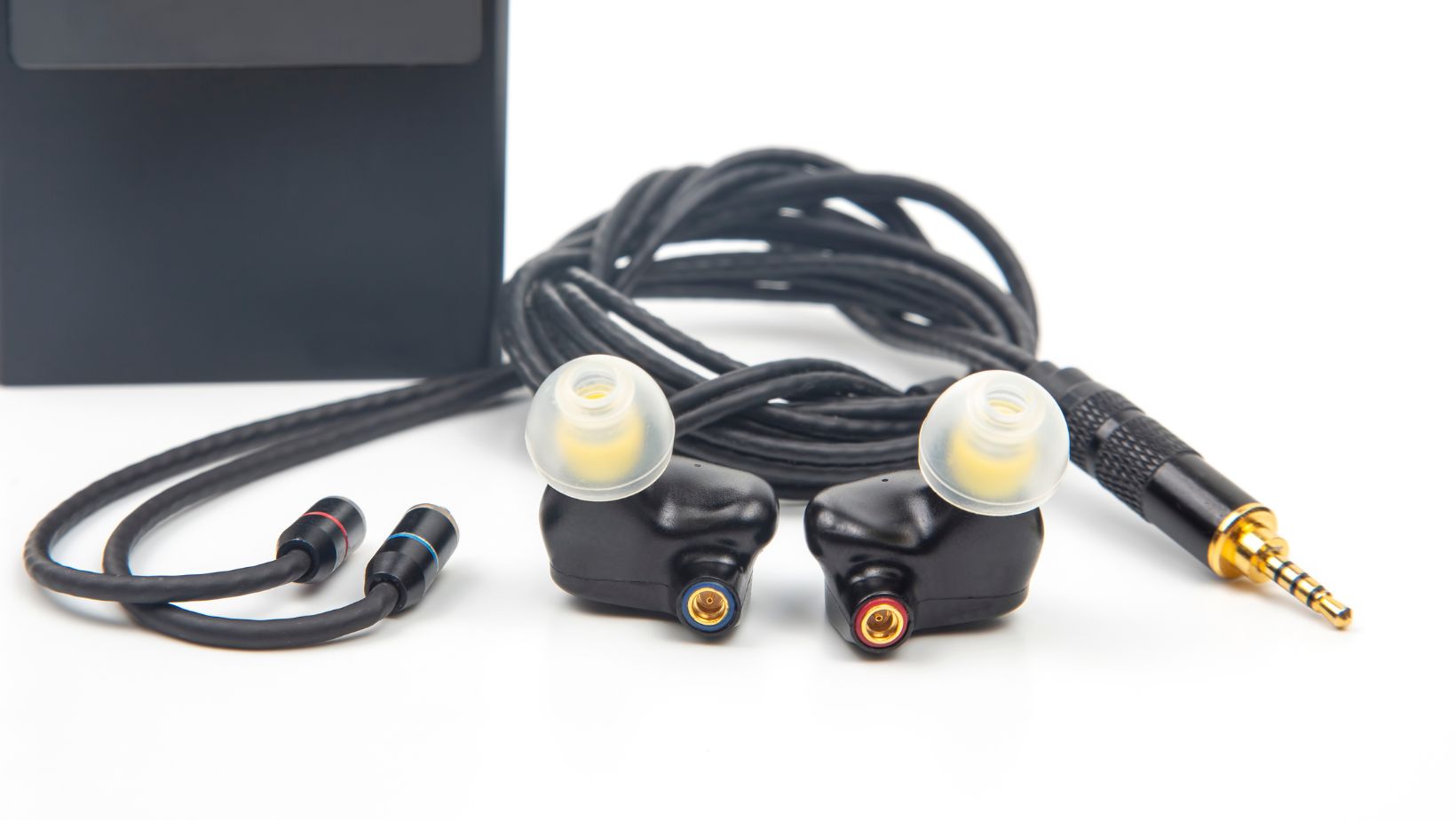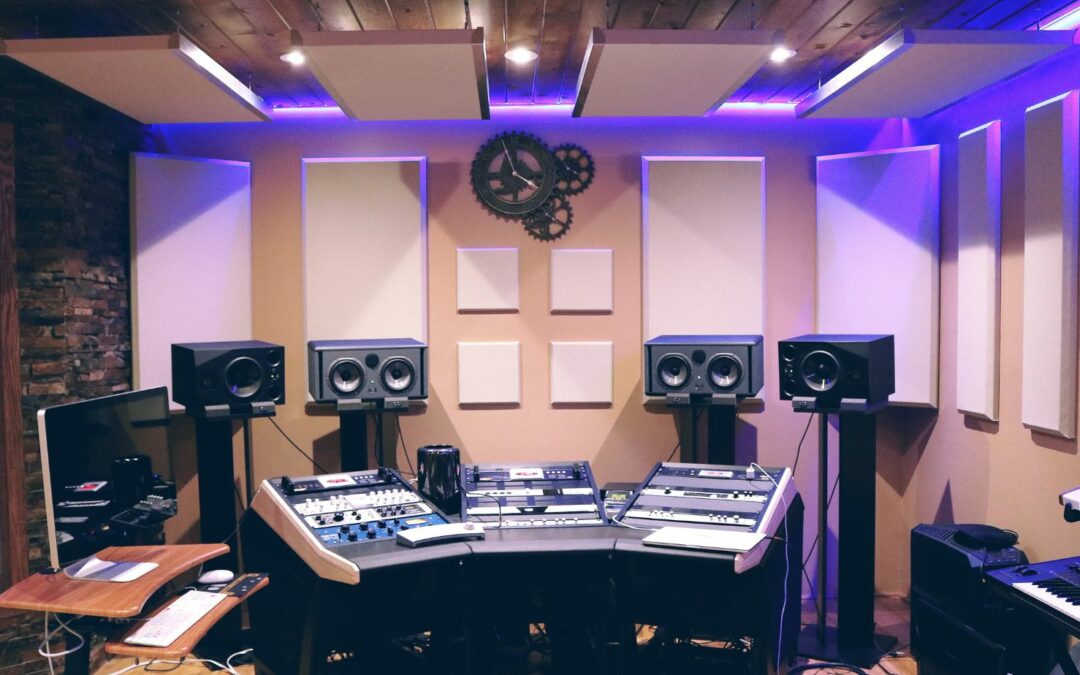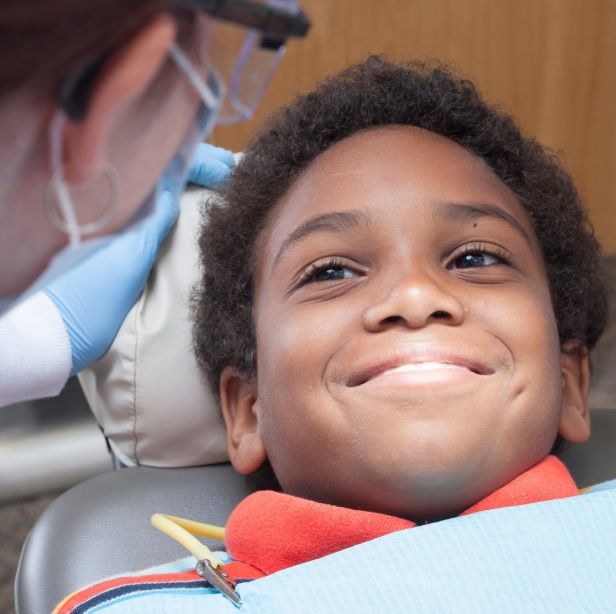In today’s rapidly evolving sound world, the fusion of acoustic and digital technology offers a unique landscape for nurturing musical talents in children. As parents and educators, understanding the delicate balance between traditional acoustic instruments and the vast possibilities of digital tools is essential. The harmonious blend of these two worlds can provide a comprehensive and enriching musical experience for young learners. This article, for the top 10 Tips for Teaching Your Child Music Acoustic and Digital Technology, delves into practical strategies and insights to guide you in seamlessly integrating both acoustic and digital realms into your child’s musical journey.
Embracing this dual approach not only broadens their musical horizons but also equips them with the skills to thrive in the modern musical era.
1. Start with the Basics: Acoustic Instruments
Before diving into the digital realm, it’s essential to ground your child in the foundational principles of music through acoustic instruments. These instruments, whether it’s a piano, guitar, violin, or flute, have been the cornerstone of musical education for centuries and offer a tactile and organic experience that digital tools can’t replicate.
Tactile Learning
Acoustic instruments allow children to feel the vibrations, understand the mechanics, and physically interact with the source of the sound. This hands-on approach can be instrumental in developing a deep-rooted appreciation for music.
Ear Training
Without the aid of digital tuners and software, children learn to tune their instruments by ear, fostering a keen sense of pitch and harmony. This skill is invaluable and forms the basis for more advanced musical training.
Musical Theory

The layout of acoustic instruments, such as the keys on a piano or the frets on a guitar, provides a visual representation of musical scales and intervals. This can be a great starting point for introducing basic music theory concepts.
Discipline and Patience
Mastering an acoustic instrument requires dedication, practice, and patience. The journey, filled with its challenges and triumphs, teaches children perseverance and the value of hard work.
Cultural Appreciation
Many acoustic instruments have rich histories rooted in specific cultures. Introducing your child to these instruments can also be a gateway to exploring and appreciating diverse cultures and traditions.
While the allure of digital technology is undeniable, beginning with acoustic instruments provides a solid foundation. Once this foundation is established, transitioning to digital platforms becomes a natural progression, allowing children to harness the best of both worlds.
2. Introduce Digital Music Software
In the digital age, music software has become an indispensable tool for budding musicians. It offers a plethora of opportunities to experiment, compose, and refine musical pieces with precision. For children, starting with user-friendly software can be a game-changer. Programs like GarageBand, Ableton Live, and FL Studio provide intuitive interfaces that allow young learners to grasp the basics of digital composition without feeling overwhelmed.
By introducing them to such platforms, you’re not only enhancing their musical creativity but also equipping them with the technical know-how to navigate the digital music landscape. As they become more proficient, these skills will prove invaluable, bridging the gap between their acoustic training and the digital realm.
3. Interactive Music Apps: A World of Exploration
In the digital age, interactive music apps have emerged as a game-changer in the realm of music education, especially when it comes to activities for kids. These apps offer a plethora of engaging features, from virtual instruments to rhythm games, that captivate young minds and stimulate their musical creativity. By incorporating these apps into their learning journey, children can explore various musical genres, experiment with different sounds, and even compose their own melodies.
Moreover, many of these apps are designed with educational principles in mind, ensuring that while kids are having fun, they are also building foundational musical skills. As a parent or educator, introducing your child to these apps can provide a dynamic and immersive learning experience, bridging the gap between traditional and digital music education.
4. Blend Acoustic and Digital
In the realm of music education, the distinction between acoustic and digital instruments is becoming increasingly blurred. While acoustic instruments offer the tactile and authentic experience of producing sound, digital tools introduce a world of versatility and innovation. By blending the two, children can gain a holistic understanding of music creation. For instance, a child learning the piano can benefit from the rich tonal quality of an acoustic piano, while also exploring the myriad of sounds and recording capabilities offered by digital keyboards.
This combination not only enriches their learning experience but also fosters creativity, allowing them to experiment and discover their unique musical voice. As educators and parents, it’s our role to facilitate this blend, ensuring that our young musicians are well-versed in both traditional and contemporary musical avenues.
5. Attend Workshops and Classes
In the dynamic realm of acoustic and digital technology, workshops and classes serve as invaluable platforms for hands-on learning and exploration. These sessions, often led by seasoned professionals, provide a unique opportunity for children to immerse themselves in both traditional and contemporary musical techniques. By attending these workshops, young learners can gain practical experience, witness live demonstrations, and interact with experts in the field.
Moreover, such classes often introduce them to the latest digital tools and software, ensuring they remain at the forefront of musical innovation. Parents are encouraged to seek out local workshops or online courses tailored to their child’s interests and proficiency level, ensuring a holistic and progressive learning experience.
6. Online Tutorials: A Treasure Trove of Knowledge
In the digital age, online tutorials have emerged as an invaluable resource for budding musicians. These platforms, often led by seasoned professionals and passionate enthusiasts, offer a plethora of lessons spanning various instruments, genres, and techniques. Whether your child is keen on mastering the intricacies of a classical guitar or exploring the dynamic world of digital sound mixing, there’s likely a tutorial tailored to their needs.

Further to this, the flexibility of online learning allows students to progress at their own pace, revisiting complex sections or skipping ahead as they see fit. However, it’s essential to ensure the chosen tutorials are of high quality and align with your child’s learning objectives. By harnessing the vast knowledge available online, you can significantly enhance your child’s musical education, blending traditional teaching with modern, digital insights.
7. Encourage Collaboration
In the realm of music, collaboration is the key to unlocking creativity and fostering a deeper understanding of both acoustic and digital technology. Encouraging your child to collaborate with peers allows them to experience the joy of collective music-making, be it through a traditional duet or a digital ensemble. Collaborative efforts not only enhance their listening skills but also introduce them to diverse musical perspectives.
By working together, children can explore the nuances of acoustic instruments while also experimenting with the limitless possibilities of digital tools. Such experiences not only enrich their musical repertoire but also instill valuable life skills such as teamwork, communication, and adaptability.
8. Stay Updated with Technology
In the ever-evolving landscape of music, staying abreast of the latest technological advancements is crucial. Digital tools and software are continuously being refined, offering enhanced features that can significantly aid in a child’s musical education. From innovative music apps to sophisticated digital workstations, the technological realm is brimming with opportunities to make learning more interactive and engaging. However, it’s essential for parents and educators to discern which tools are most suitable for their child’s developmental stage.
Regularly exploring and investing in updated resources not only ensures that your child is exposed to the best of what acoustic and digital technology has to offer but also fosters a forward-thinking mindset, preparing them for the future of music.
9. Set Aside Dedicated Practice Time
Regardless of the advancements in acoustic and digital technology, the age-old adage remains true: practice makes perfect. In the midst of our bustling lives, setting aside dedicated time for musical practice can often be overlooked. However, consistent and focused practice is the cornerstone of mastering any musical skill, be it on a traditional acoustic instrument or a digital platform. Parents and educators should establish a routine, ensuring that children have uninterrupted periods to explore, play, and refine their musical abilities.
This dedicated time not only reinforces what they’ve learned but also cultivates discipline, patience, and a deeper appreciation for the art of music. Remember, technology can provide the tools, but it’s the commitment to regular practice that truly shapes a musician.
10. Attend Live Performances
Experiencing music in a live setting offers an unparalleled sensory immersion that recordings simply cannot replicate. Whether it’s the resonant tones of an acoustic guitar or the electrifying beats produced by digital equipment, live performances provide children with a tangible connection to the world of music. Attending concerts, recitals, or even local gigs exposes them to the raw energy and passion of musicians, inspiring them to further hone their craft.
Conclusion
Incorporating both acoustic and digital technology in your child’s musical education offers a holistic approach, preparing them for the diverse world of modern music. By engaging in a variety of activities for kids, from traditional instrument practice to digital composition, they not only develop a profound appreciation for music but also acquire versatile skills that will serve them well in any musical endeavor they choose to pursue.
FAQs
We’ve put together some of the most frequently asked questions regarding teaching your child music, acoustic and digital technology:
Why is it Important to Integrate Both Acoustic and Digital Technology in Teaching Music to Children?
Integrating both acoustic and digital technology offers a holistic approach to music education. While acoustic instruments provide a tactile and traditional experience, digital tools introduce children to modern techniques and expand their creative horizons. The combination ensures a comprehensive understanding of music in today’s diverse sonic landscape.
Are Digital Tools Suitable For Very Young Children?
Absolutely. There are numerous digital tools and apps designed specifically for young children. These tools often use interactive and engaging methods to introduce basic musical concepts. However, it’s essential to choose age-appropriate software and ensure a balance between screen time and hands-on practice.
How Can I Ensure That My Child Gets The Best of Both Acoustic and Digital Worlds Without Feeling Overwhelmed?
The key is moderation and structured learning. Start with foundational lessons using acoustic instruments to build a strong musical base. Gradually introduce digital tools as supplementary resources. Ensure regular breaks and encourage your child to explore and experiment at their own pace.
My name is Andrea Thompson and I’m a home based freelance writer. I’m 23 years old, married to my best friend, and mother to a wonderfully independent and opinionated 3 year old girl and step-mother to a sweet seven year old boy. I live in a tiny, little town in Kentucky, where I spend my free time fishing with my kids.
Writing has always been my passion, which I followed through high school, and for a while in college. Life happened, and once I discovered we were pregnant, I switched directions; opting for the healthcare industry because of the stability.
Finally, years later, I was in a place where I could leave the day job that never truly made me happy, and pursue my dreams. I’ve built, and am still building, my writing career from scratch. But, I’m passionate and I’m good at what I do. And, in the end, I can prove to my daughter that she can do anything she wants with this life.





